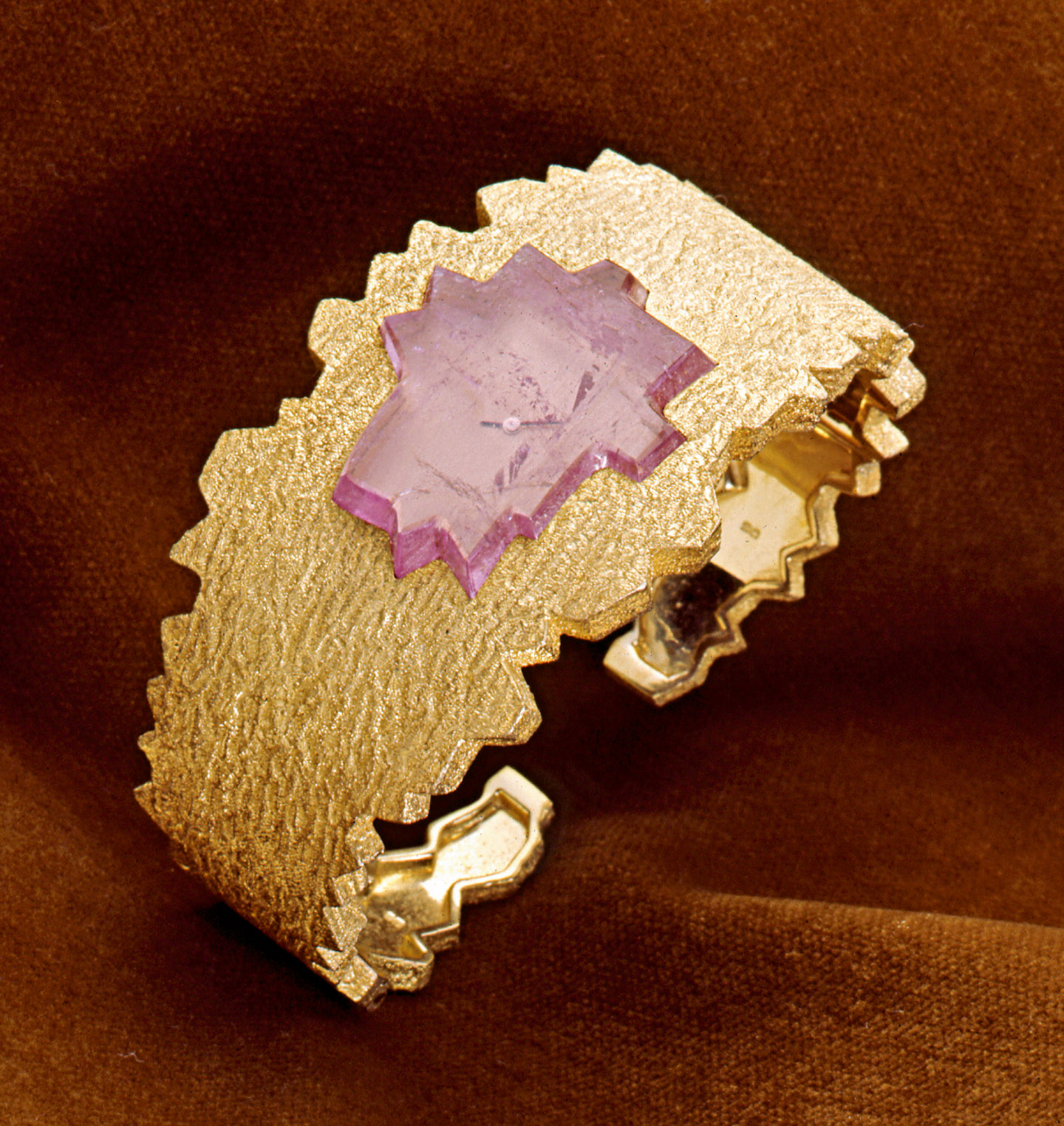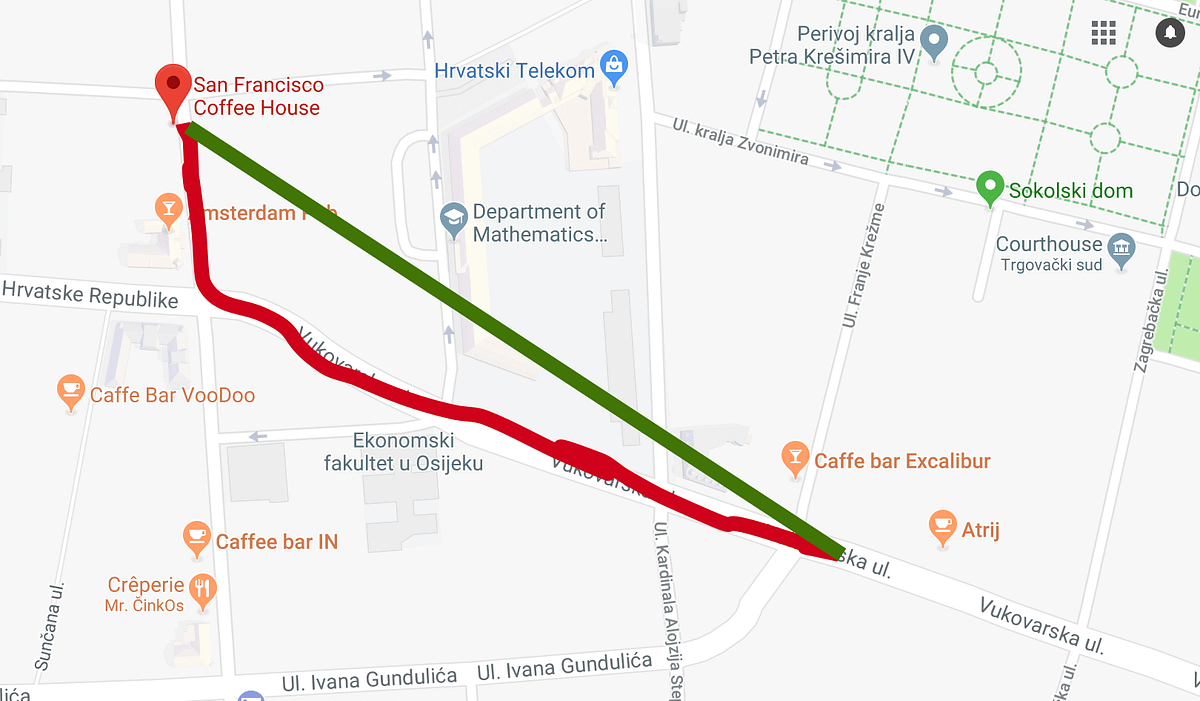
A New Book On Andrew Grima, A Great Watch Designer You’ve Probably Never Heard Of | aBlogtoWatch
Andrew Grima: The Father of Modern Jewellery is the first major monograph on Britain’s arguably greatest jewelry and watch designer.
In the early to mid-1970s, British designer Andrew Grima created two of the most groundbreaking and rarest watch collections of the 20th century. The first, for Omega, was conceived in 1969 and is perhaps the most avant-garde collection of timepieces in the history of the watch. The second, created in 1976 for Pulsar (inventors of the LED watch), has almost “unicorn” status amongst digital watch collectors; most have heard of their existence but have never seen one in reality.
In 1969, over dinner in Philadelphia, Robert Forster, Omega’s Director of Production, outlined a brief to British designer Andrew Grima for a collection of watches that would recreate the same sense of fantasy and flamboyance that had characterized the elaborately crafted decorative timepieces so coveted by the aristocracy during the 17th century and again at the turn of the 19th century. Grima, who had never made a watch before, insisted on being given completely free rein in terms of overall theme, individual designs, component materials, and cost per piece – the only thing he conceded was that each watch would have an Omega movement. He got the job.
Within two months of the contract being signed, Grima made the first of many visits to the Omega factory in Biel/Bienne and Omega’s offices in Lausanne, presenting and planning what was to become the About Time collection. It was perhaps the most important and certainly one of the most dazzling and original watch collections of the century. Comprising 55 watches, the About Time collection had two unifying themes: The first was the idea of seeing time through a colored gemstone; the second was keeping the dial completely clear apart from the hands. This allowed the watch face to blend seamlessly with the overall design and distanced the wearer from the tyranny of time.



















